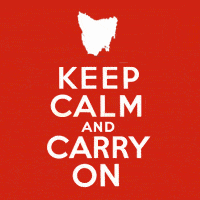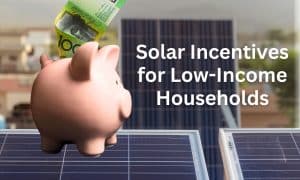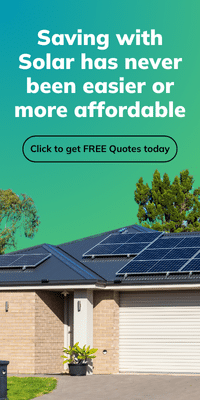Tasmania’s Energy Minister has continued to reassure the state’s residents everything is under control and the government’s energy supply plan will keep the lights on.
It’s now been over 3 months since the Basslink interconnector failed. The state’s residents and businesses are understandably becoming a little more concerned about the situation.
“It is very important that Tasmanians remain calm through this very difficult period. This is not a time for political game playing or misinformation,” said Energy Minister Mathew Groom on Wednesday.
“It’s natural for people to become increasingly anxious as the weeks go on, and dam levels go down. That’s a natural response to an extreme event that is unfolding. But people can have confidence that we have a plan in place to ensure our energy needs continue to be met.”
Hydro- electric dam levels dropped to 14.6 per cent this week; an unprecedented situation. Lake Gordon is now at a record low of 6.7 per cent capacity – 45 metres from full.
Labor leader and former energy minister Bryan Green says that at that level, it could damage hydro-electric equipment.
“Lake Gordon is by far the most significant storage for the state — it’s actually the battery for the state.”
Hydro Tasmania has since commented that Gordon Power Station can continue to generate with very low lake levels.
Earlier in the week, Minister Groom reminded those he referred to as ” scaremongers” that Tasmania also has over 300MW of wind generation capacity; which has been helping the state through the crisis.
Hydro Tasmania research indicates 1,000 MW of wind energy could be generated by utilising the power of the Roaring Forties; strong westerly winds found in the Southern Hemisphere, generally between the latitudes of 40 and 50 degrees.
Unfortunately that has been far from fully tapped – so up to 200 diesel generators and a gas fired power station will need to meet the shortfall in electricity production; somewhat marring the Apple Isle’s clean and green status.
Aside from wind power, there’s a sea of rooftops in Tasmania’s town and cities that could be turned into solar power stations. The executive officer of the Tasmanian Renewable Energy Alliance, Jack Gilding, says a solar feed-in tariff of 12-15c per kilowatt-hour would rapidly ramp up the solar industry in Tasmania.
While Tasmania has a huge amount of wind and solar power potential and renewable energy may be key to solving the state’s energy security woes in the longer term; the immediate situation is pressing.
Energy analyst Hugh Saddler doesn’t share Minister Groom’s optimism for the state’s short term energy security; particularly with winter not that far away when electricity consumption increases 20%.
“Until we know when the Basslink cable is going to be repaired and functioning again, it’s really important not to use any electricity that’s not absolutely essential,” he said. Mr. Saddler is surprised the government hasn’t started a campaign urging households to rein in electricity consumption.
It will rain again; there’s little doubt of that. But when and what lessons will have been learned once it does remain to be seen.


















































